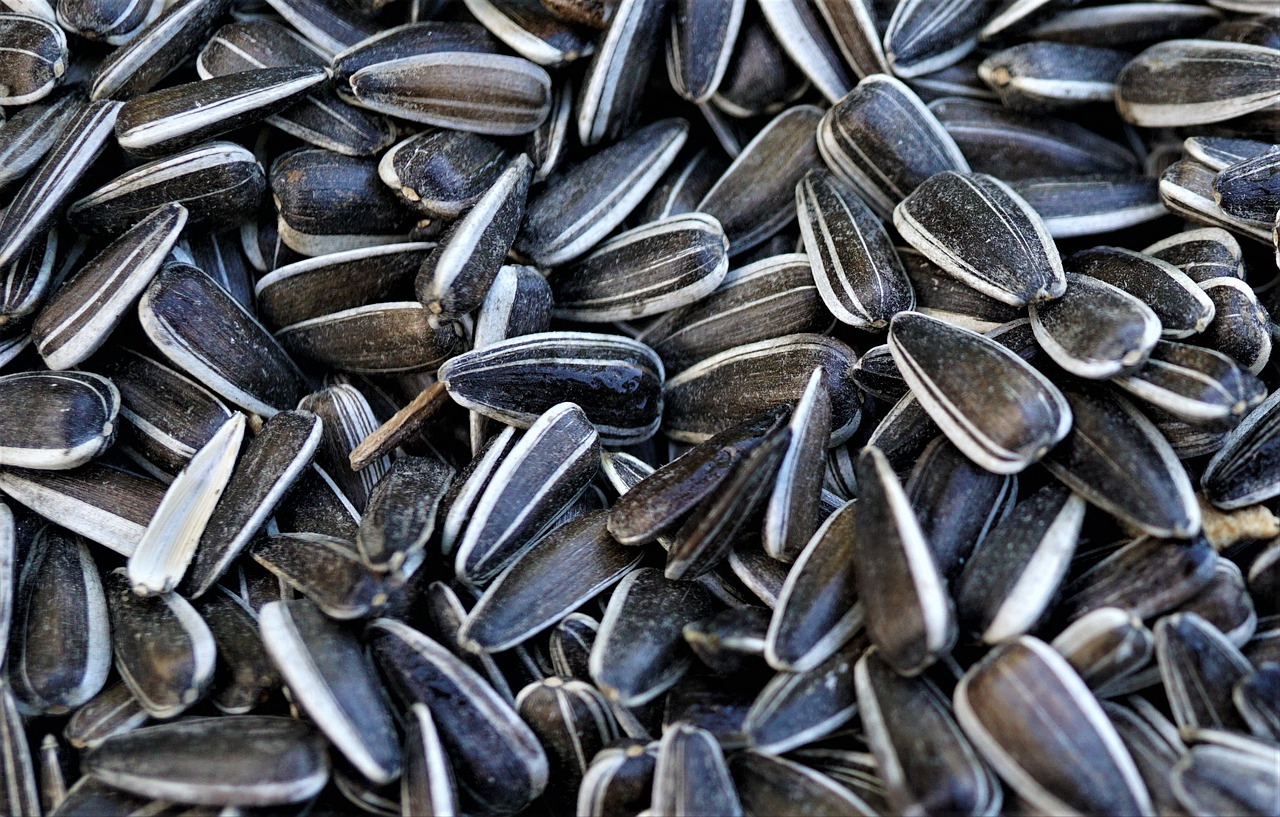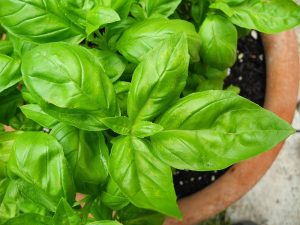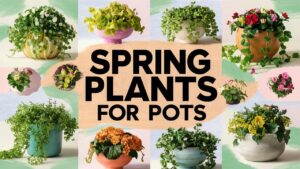Harvesting sunflower seeds can be a rewarding experience, whether you’re planning to eat them, plant them for the next season, or feed them to birds. In this comprehensive guide, we will walk you through the steps of harvesting sunflower seeds, from knowing when to harvest to how to store them properly.
Why Grow Sunflowers?
Before we delve into the harvesting process, let’s briefly discuss why sunflowers are a great addition to any garden.
Aesthetic Appeal: Sunflowers can grow to impressive heights, with large, bright yellow blooms that are sure to draw attention.
Wildlife Friendly: Sunflowers attract various pollinators, including bees and butterflies, making them excellent for a healthy ecosystem.
Culinary and Nutritional Value: The seeds are rich in healthy fats, protein, and essential vitamins and minerals, making them a great snack and ingredient in many dishes.
Versatile Uses: Sunflowers can be used for cooking oil, snacks, bird feed, and even as a natural dye.
Step-by-Step Guide to Harvesting Sunflower Seeds
1. Timing is Everything
The first step in harvesting sunflower seeds is determining the right time to do so.
Look for Signs of Maturity: Sunflowers are ready for harvest when the back of the head turns brown, the leaves yellow, and the seeds are plump, hard, and dark. The flower head will also droop as it matures.
Check the Seeds: If you scrape a seed with your fingernail and it leaves a mark, the seeds are still not mature enough. When they are ready, they should not leave any marks.
2. Gather Your Supplies
Before you start harvesting, gather the following supplies:
Pruning Shears or Scissors: For cutting the flower heads off the stalks.
Paper Bags or Buckets: To collect the sunflower heads.
Peanut Butter or Baking Sheet: To aid in drying and cleaning the seeds.
Gloves (Optional): If you have sensitive skin, gloves can protect your hands from seed oil.
3. Cutting the Heads
Once your sunflowers have matured, it’s time to cut the heads:
Gently grasp the stem of the sunflower, and using pruning shears, cut the stem about 12 inches below the flower head.
Place the cut flower head in a bucket or paper bag. If you have multiple sunflower heads, it may be easier to use a bucket to keep them organized.
4. Drying the Sunflower Heads
After cutting, the sunflower heads need to be dried properly.
Hang to Dry: Find a well-ventilated place to hang the sunflower heads upside down. You can tie them with string or use a paper bag to catch the seeds that may fall during drying.
Drying Duration: This process usually takes 1-2 weeks. You’ll know they’re dry when the seeds feel hard and rattle inside the flower head.
5. Extracting the Seeds
Once your sunflower heads are completely dry, it’s time to extract the seeds:
Removing Seeds: Hold the flower head over a bowl or tray and rub the seeds out with your fingers. You can also use a comb or fork to help pull the seeds from the head.
Be Gentle: Be careful not to damage the seeds as they come loose.
6. Cleaning the Seeds
Once you’ve collected the seeds, they may be covered in debris or chaff:
Rinse: Place the seeds in a colander and rinse them under cool water to wash away any dirt or plant material.
Dry: Spread the seeds out in a single layer on a clean towel or baking sheet. Allow them to air dry for a few days.
7. Storing the Seeds
To preserve the quality of your sunflower seeds, proper storage is essential:
Containers: Store the seeds in airtight containers such as glass jars, plastic containers, or vacuum-sealed bags to keep out moisture.
Cool, Dark Place: Keep your seeds in a cool, dark place to maximize their shelf life.
8. Use and Enjoy!
With your sunflower seeds harvested, cleaned, and stored, you can enjoy them in various ways:
Snacking: Roasted sunflower seeds make for a crunchy and nutritious snack. Toss them with some oil and your favorite seasonings before roasting them in the oven.
Bird Feed: If you’re into bird watching, you can offer the seeds as bird feed, attracting various species to your yard.





